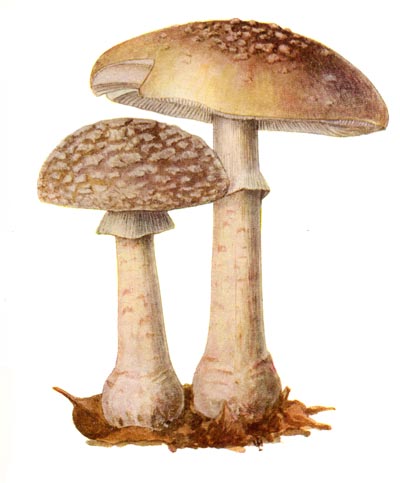
The blusher. The one problem with this mushroom is that, whilst edible itself, it closely resembles others that are poisonous, including the death cap. It must be cooked as it contains a toxin which is destroyed by heat, like kidney beans. The most identifiable thing about it is that this reddish brown mushroom with pinkish grey scales and a white stem colours pink to red at sites of damage or bruising. The gills and flesh are white, also becoming red or pink on bruising. It is most commonly found in beech woods in summer to late autumn (US: fall). Also look closely at the ring on the stem. This should have lots of fine grooves on its upper side, unlike another poisonous mushroom which it closely resembles, the panther cap.

The blusher. The one problem with this mushroom is that, whilst edible itself, it closely resembles others that are poisonous, including the death cap. It must be cooked as it contains a toxin which is destroyed by heat, like kidney beans. The most identifiable thing about it is that this reddish brown mushroom with pinkish grey scales and a white stem colours pink to red at sites of damage or bruising. The gills and flesh are white, also becoming red or pink on bruising. It is most commonly found in beech woods in summer to late autumn (US: fall). Also look closely at the ring on the stem. This should have lots of fine grooves on its upper side, unlike another poisonous mushroom which it closely resembles, the panther cap.
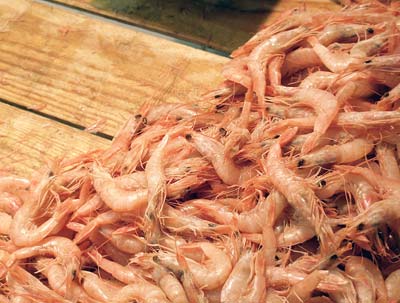
A pale pink prawn (US: shrimp) with a pronounced red beak found in the deep waters of the Mediterranean.

A pale pink prawn (US: shrimp) with a pronounced red beak found in the deep waters of the Mediterranean.
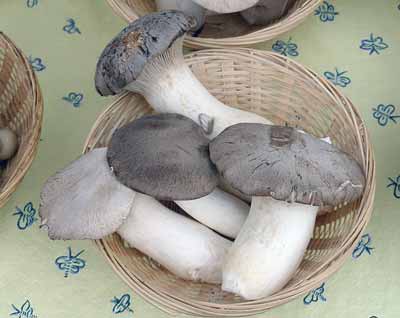
King trumpet mushroom. It may be eaten either fresh or dried, roasted or baked but the flavour is not highly regarded and the flesh is chewy.
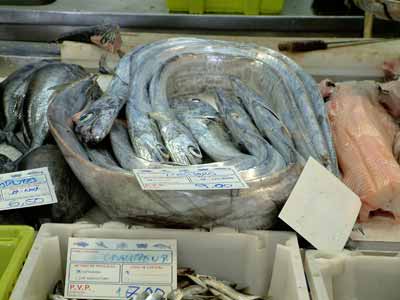
A name in Bermeo for the scabbard fish, either black or silver, cut into pieces and fried or grilled, or used in stews.
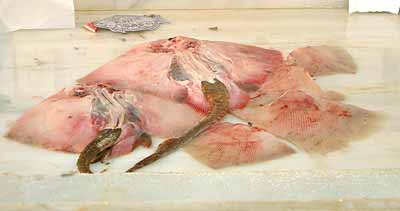
Thornback ray. A variety of ray with very good flavour, the wings and the liver only being eaten. The wings have strips of cartilage running through them, rather than bone, and are easy to deal with at the table as the flesh drops away readily. As the name suggests, the backs of the fish may have clumps of coarse thorny spines, swelling at the base. These are called bucklers. Thornbacks have a range right from Iceland to the Mediterranean.